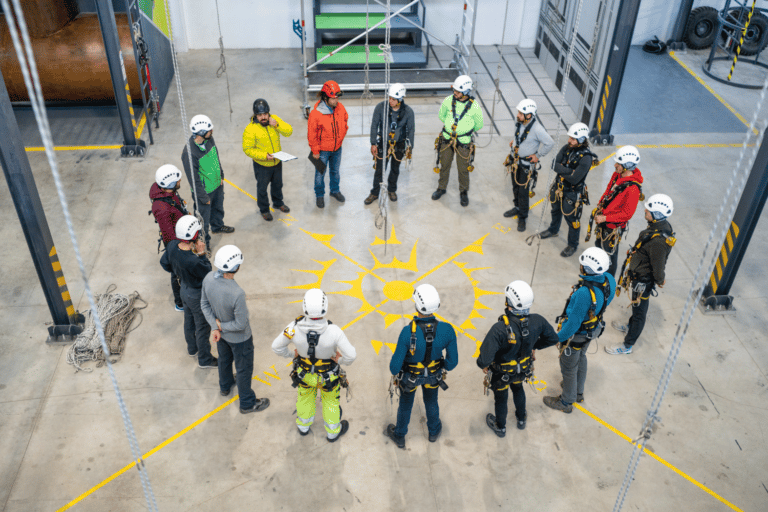Seemingly every student, teacher, employee, and manager has an opinion on generational differences and what it means for your organization. Generational differences certainly exist, but what kind of impact can they actually have on your organization? Working to better understand employees, wherever they fall on the generational spectrum, is a step in the right direction toward understanding the true impact of those differences on you and your team. Focusing on managing generational differences in the workplace is not only beneficial for your people but can also lead to increases in business outcomes like productivity and retention.
However, we must be careful not to paint an entire generation with a single brush without working to validate our hypotheses. Many leadership teams assign each generation with attributes that may or may not be accurate, which can negatively impact the workforce as a whole. There is a place for generational difference data in the workplace. However, to avoid any drawbacks associated with this data, we should work to address issues and concerns our employees have in common, know our employees as individuals and listen to their feedback.
Focus on what your employees have in common
We could spend all day talking about the differences between Baby Boomers and Millennials. It might be more productive however, to talk about what these two groups and others have in common. There are certain things that your employees want as human beings, and these desires span across all generations. Years ago research scientist Jennifer J. Deal wrote a book titled, Retiring the Generation Gap: How Employees Young & Old Can Find Common Ground (Jossey-Bass). In her book she discusses the commonalities between generations she found in her research. Some of her key takeaways included:
- Everyone wants respect
- Everyone wants leaders they trust
- No one likes change
- Everyone wants to learn
At People Element we work with organizations across numerous industries and time and time again, I have seen employee perception data reiterate her findings. So, the question then shifts from “what do I do with all these differing personality types” to “what are we doing to ensure everyone’s shared needs are addressed?”
Know your employees
Organizations should do everything in their power to treat their employees as individuals, including the ways in which they differ from every other member of the team. Depending on resources this can be difficult, but it’s a worthwhile endeavor to understand your employees as individuals as opposed to assuming they are the perfect stereotype of their generation.
Routine check-ins with employees goes a long way toward understanding employees on an individual level and allows a sense of personal responsibility on both the manager’s and employee’s part that makes painting each other with a broad generational brush much more difficult.
Listen to your employees
Understanding differences by generation while still understanding the individuality of each employee can be used to take targeted action that leads to positive change within your organization. At People Element we regularly collect employee perception data via surveys with the option of analyzing this data by generation bands. You may find that your organization trends similarly to the research everyone tells you about. However, you may find insight unique to your employees that will prevent your organization from wasting time and resources targeting something that is not there.
Foster a culture of inclusivity
Instead of using the hallmark stereotypes of each generation to determine the worth of your individual employees, consider creating a culture that sees employees as coming to the table with unique values, attributes, and work ethic, regardless of their age. We cannot have a diverse workforce without actively creating an inclusive culture and environment so that employees can feel a sense of belonging. Ask yourself the following questions:
- Are we addressing the wants and concerns our employees have in common?
- Are we taking steps to ensure leaders know employees as individuals?
- Are we listening to our employees instead of making assumptions?
- Are we being inclusive and understanding of all age groups?
Any action taken to help your organization understand its people is admirable. Working to understand generational differences is no exception.





